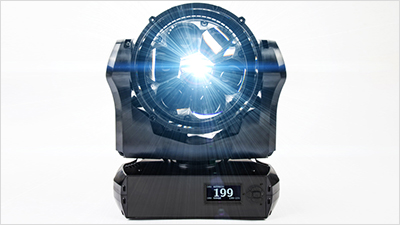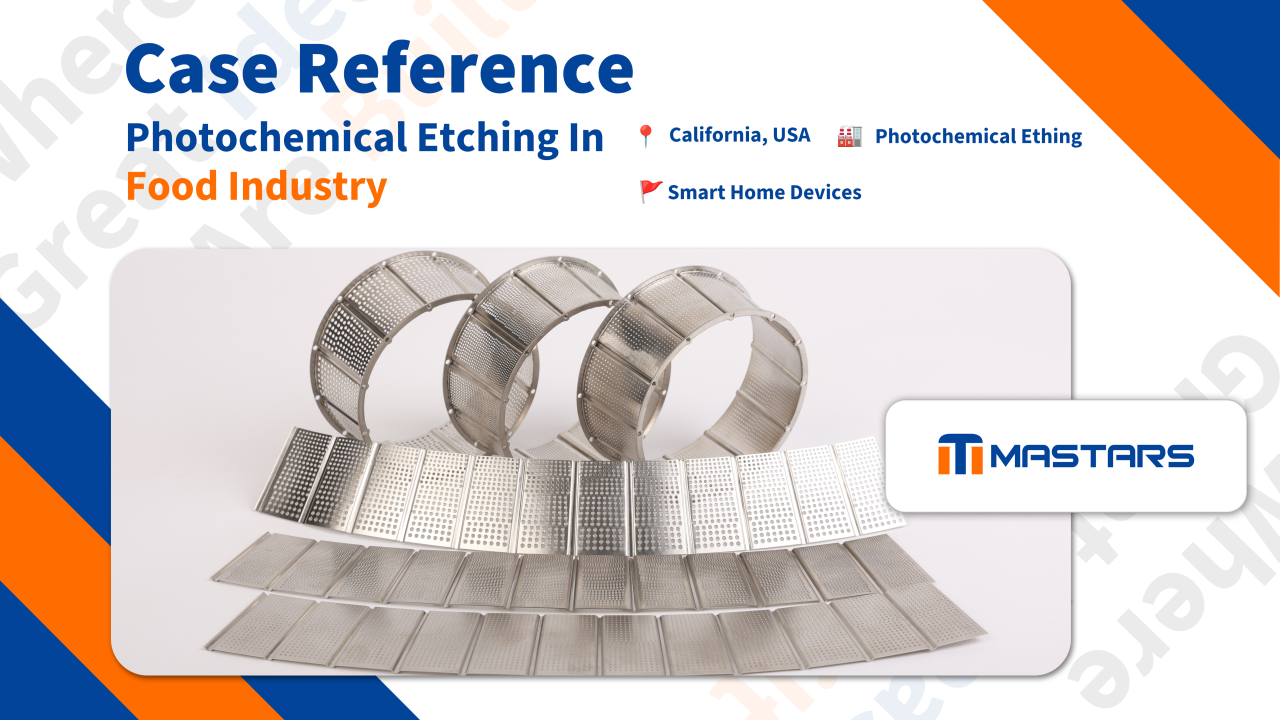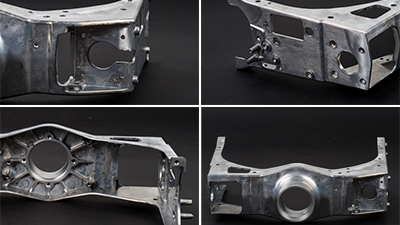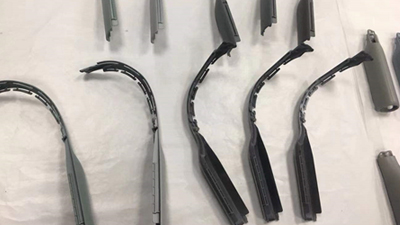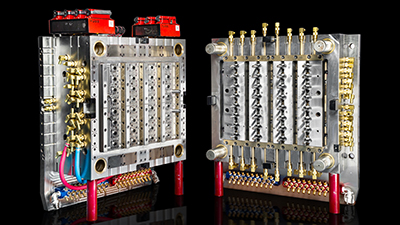I. Project Background and Technical Challenges
The brake housing for a certain automobile model is a core safety
component of the braking system, required to withstand high pressure,
high-frequency vibrations, and extreme temperature cycles (-40°C to 150°C).
Brake housings produced by traditional zinc alloy die casting often faced the
following issues:
-
Porosity
Defects: Gas entrapment during
conventional die casting led to high internal porosity rates of 3%-5% in
the components. X-ray inspection revealed porosity concentrated around
bolt connection surfaces, easily causing leakage during hydraulic pressure
tests
.
-
Uneven
Solidification: Significant
variations in brake housing wall thickness (ranging from 2-8mm), combined
with insufficient traditional mold temperature control, resulted in
shrinkage cavities in thick sections and incomplete filling in thin
sections, limiting the yield rate to only 85%
.
-
Failure to
Meet Mechanical Properties:
Porosity and shrinkage defects caused fluctuations in the tensile strength
of the parts between 200-240 MPa, below the design requirement of 280 MPa,
and also led to deformation after heat treatment
.
II. Collaborative Solution: Vacuum Die Casting and In-Mold Temperature
Control
1. High-Vacuum Die Casting System Modification
The foundry employed a multi-stage vacuum system to evacuate the mold
cavity to an absolute pressure above 90 kPa before injection. Specific measures
included:
-
Direct Mold
Venting Design: Eight
vacuum valves were arranged on the parting line, coupled with a sealing
structure (parting line flatness ≤0.02mm/m²), ensuring evacuation within
0.5 seconds and reducing oxygen content in the cavity to below 0.1%
.
-
Real-time
Monitoring and Interlock: The vacuum
system was interlocked with the die casting machine, utilizing pressure
sensors for real-time monitoring to prevent molten metal backflow. This
modification reduced gas content in the castings from 15 ml/100g to 2
ml/100g, bringing the porosity rate below 0.5%
.
2. Stepped In-Mold Temperature Control Technology
To address uncontrolled solidification sequencing, an active
temperature-controlled mold was developed:
-
Zoned
Heating/Cooling System: Twelve sets
of heating cartridges (400W power) and thermocouples were embedded in key
mold areas (e.g., gate, thick sections). Software configured temperature
gradients: gate zone 415°C, thick wall zone 400°C, thin wall zone 430°C,
promoting sequential solidification from the far end of the cavity back to
the gate
.
-
Dynamic
Control Strategy: Based on
thermocouple feedback, localized cooling channels were triggered when
thick section temperature dropped to 400°C to prevent shrinkage porosity,
while thin sections maintained higher temperatures to ensure complete
filling. Tests showed this approach reduced solidification time by 15% and
controlled temperature variation within ±5°C
.
3. Process Parameter Optimization
-
Injection
Pressure and Speed: A strategy
combining low-speed filling (0.5 m/s) with high-speed intensification (5
m/s) was adopted to reduce turbulent flow and gas entrapment, utilizing an
80 MPa intensification pressure to compensate for shrinkage
.
-
Alloy
Material Adaptation: A zinc
alloy with 3% copper content was selected for its superior creep
resistance compared to standard alloys, and a melting temperature of 415°C
was used to control oxide slag formation
.
III. Quality Improvement Data and Benefit Analysis
1. Significant Defect Reduction
-
Reduced
Porosity: X-ray inspection showed
internal pore size decreased from 0.5mm to below 0.1mm. Hydraulic test
pass rate increased from 82% to 99.5%
.
-
Eliminated
Shrinkage: Through mold
temperature control, the shrinkage porosity rate in thick sections dropped
from 8% to 0.3%. Metallographic analysis of sample sections showed a 40%
improvement in microstructure density
.
2. Achieved Mechanical Properties
The vacuum die cast parts achieved a consistent tensile strength of
290-310 MPa, with elongation increasing from 3% to 4.5%. They could withstand
T5 heat treatment (150°C / 2 hours) without deformation
.
3. Economic Benefits
-
The increase
in yield rate led to an 18% reduction in unit cost. For an annual
production of 100,000 pieces, this translated to approximately 2 million
RMB saved in scrap reduction.
-
Although
energy consumption of the vacuum system increased by 12%, the reduction in
subsequent processing (e.g., welding repairs) resulted in an overall cost
decrease of 15%
.
IV. Technology Promotion Value
This case demonstrates the feasibility of combining vacuum die casting
with intelligent temperature control for zinc alloy safety components. The
solution has been extended to other parts like engine brackets and steering
knuckles, establishing a standardized approach for high-integrity die casting
(e.g., vacuum >90 kPa, mold temperature gradient control ±5°C). Future
integration with AI algorithms for dynamic regulation of vacuum and temperature
holds promise for further突破 the yield
limitations of large structural components (e.g., battery trays)
.
The successful implementation of this technical solution highlights the
significant potential of vacuum die casting and precision temperature control
in enhancing the performance and yield of zinc alloy die castings, providing an
important reference for the production of similarly demanding components.





